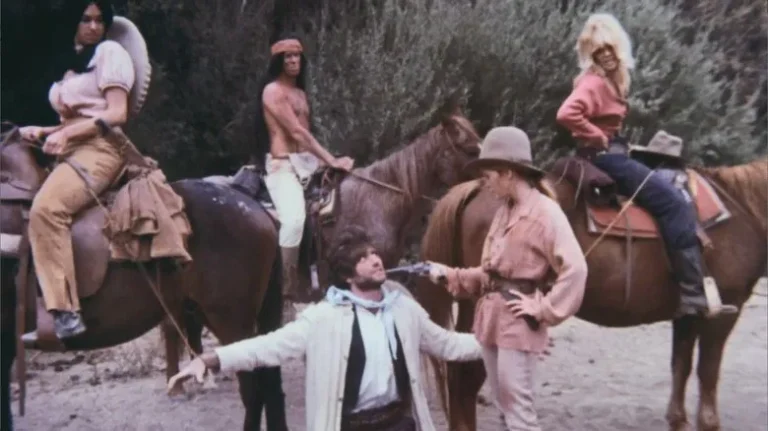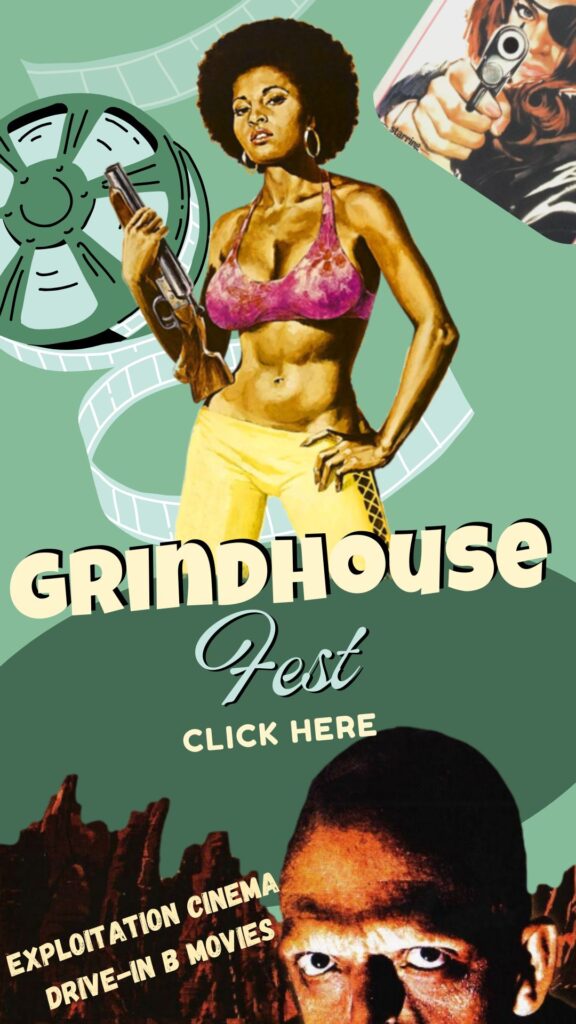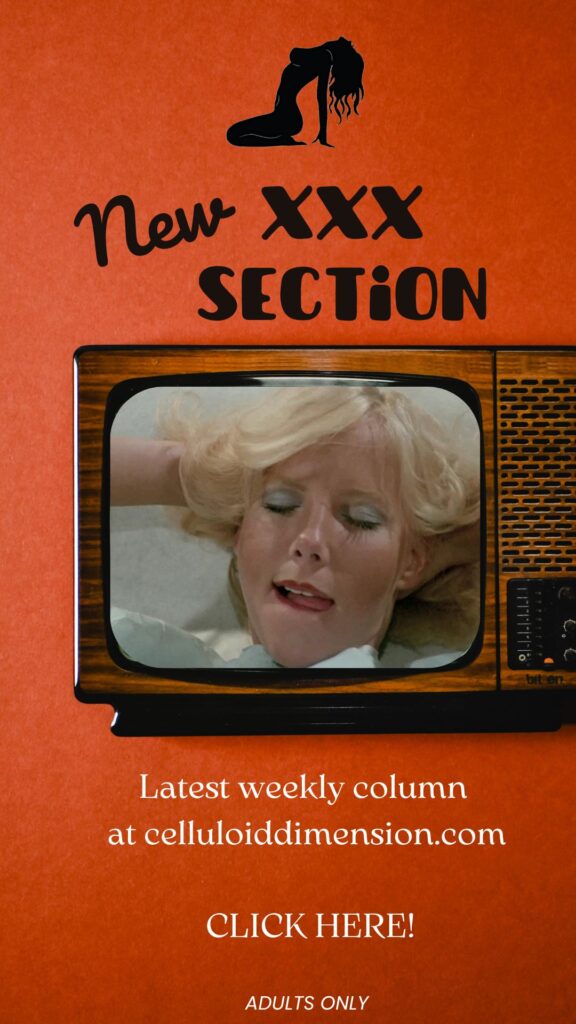-Grindhouse Fest is the special section in Celluloid Dimension where you can discover all the goodies…and baddies from the golden age of exploitation cinema. Have fun!
Directed by Don Gronquist
Written by Reagan Ramsey and Don Gronquist
Starring:
- Laurel Munson as Terry Morgan
- Janet Penner (credited as J.E. Penner) as Marion Penrose
- Sara Ansley as Nancy Paulson
- Virginia Settle as Mrs. Penrose
- John Morrison as Norman Barnes
- Barbara Lusch as Gloria
- Bill Simmonds as Carl Penrose
Rating: ![]()
Against all reason and resources, this haggard artifact of exploitation cinema gives rise to a screenplay of strange power—genre-bending, relentless, cloaked in the tatters of ostensible amateurism. It feeds on squalor, drawing vitality from the grime and void where professionalism would normally reside. In theory, this impecunious venture should have unraveled into incoherence; yet in practice, it becomes one of those rare instances in which absence—of means, of polish, of institutional support—imbues the work with a haunted uniqueness. Its poverty is not a handicap, but the crucible of its character. Don Gronquist’s uncanny, contorted tale seethes with misandrist venom and shares Psycho’s fixations on the body and mind, though its revelations come late, erupting in a finale as vile as it is strangely cathartic.
At the outset, Don Gronquist’s offbeat script orchestrates a convergence of classical and contemporary genre tropes, functioning at once as a campy slasher and an anachronistic, atmospheric gothic chiller. Three young women en route to a rock festival crash their car and are rescued by a local man, who escorts them to the nearest refuge: a remote, French Renaissance-style mansion deep in the woods. There, they are received by a haughty, pedantic old woman and her inhibited, obedient adult daughter. This collision of classic and modern genre forms is not merely a stylistic flourish, but a cunning sleight-of-hand, lulling us with genre familiarity before plunging into something stranger. While the mansion’s shadowy interiors and the bizarre dynamics between mother and daughter elevate its macabre charm, it’s the elliptical transitions and cryptic mise-en-scène that quietly brew a show-stopping climax—one that arrives with a brutal, calculated force when it’s needed most.
Though burdened with acting of theatrical ineptitude and dialogue so exsanguinated it threatens to suffocate the viewer, Unhinged nevertheless sustains itself on a cunningly manipulative narrative architecture. Beneath its vulgar shell lies a subtle, if unadorned, dramatic logic that propels it past its own ineptitude. What lends the film its strange, spectral potency is not artistry in the conventional sense, but a stubborn, radical minimalism. Its mise-en-scène, crude yet strangely calculated, pulses to the rhythm of a vintage synthesizer score—transforming its limitations into a kind of distorted grandeur, extending the spatial and psychological bounds of what such a modest horror film might dare to attempt.
Of the many condemned and discarded artifacts labeled Video Nasties, Unhinged may be among the strangest—not for its violence, which is crude, nor for its voyeurism, which is expected—but for its inversion of myth: a misandrist lament rooted in patriarchal violence. Its final revelation, a sickly homage to Hitchcock’s obsessions, may appear too diseased, too grotesque for the modern palate. Yet its gesture is sincere, not scolding. In its madness, there is method—a buried thesis on gendered psychosis, a secret grammar of pain. What emerges is not a sermon, but a head-splitting scream. Not clarity, but the glint of an argument buried in celluloid, flickering, waiting to be heard.









